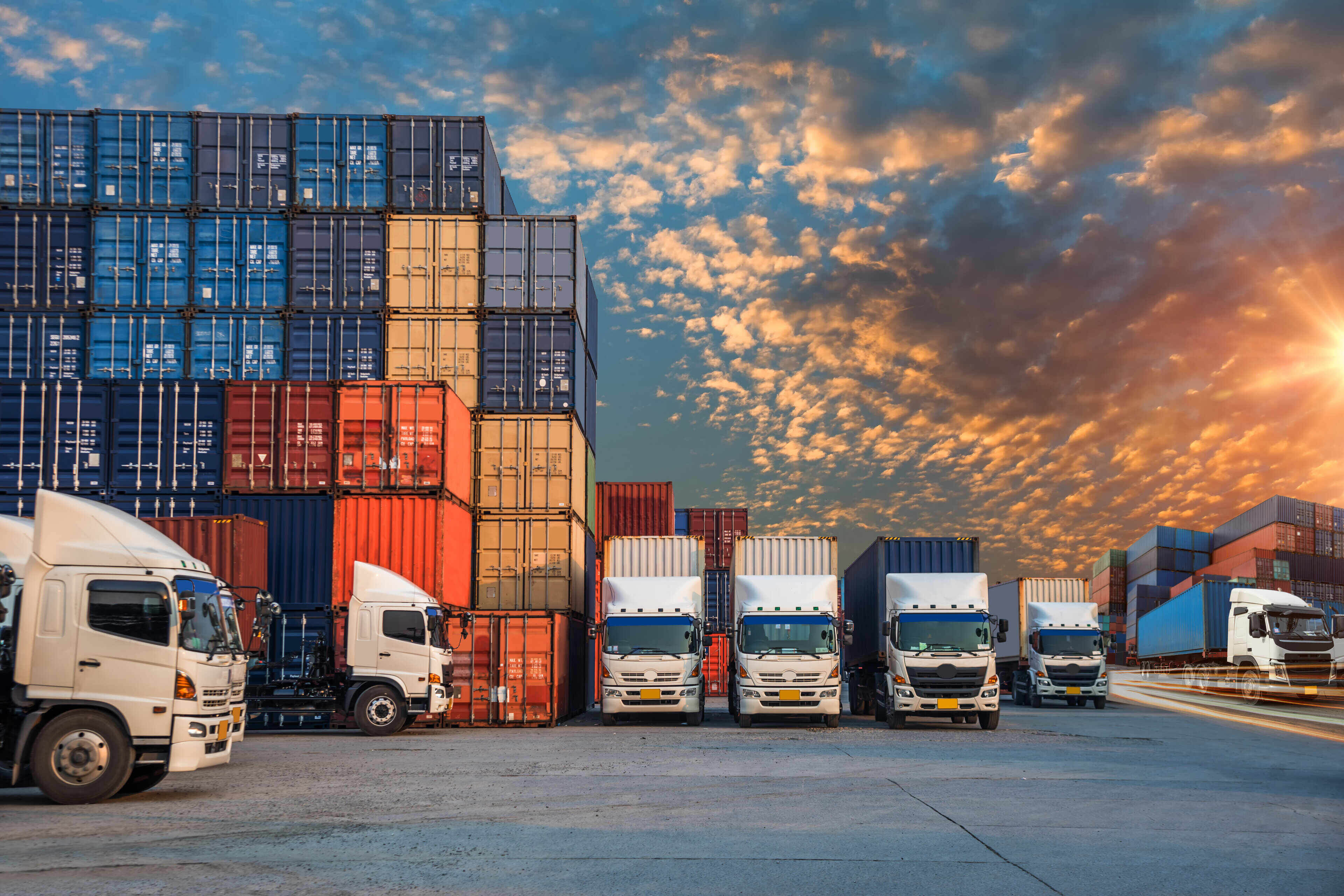A promising policy

The media coverage of the reintroduction of cheetahs in India overshadowed news about a major policy intervention made by the Indian government on the same day. The National Logistics Policy could see the light of the day on September 17 — three years after the Ministry of Commerce released the first draft in 2019. The intervention was due as, to a large extent, businesses in India have been kept insulated from the potential benefits that general technological advancements come with. With the announcement of National Logistics Policy, technology can now be harnessed to reduce the cost of businesses while also improving their efficiency. Logistics comprise facilities that are elemental to trade — including transportation units, storage infrastructure and services like licensing and custom. Structural lapses in these facilities not just consume more time and money but also lead to wastage of huge amounts of perishable and fast-moving consumer goods (FMCGs). The logistical cost of trade in India stands at around 13-14 per cent — almost double to that in developed countries. While announcing the transport augmentation programme PM Gati Shakti in October 2021, prime minister had highlighted India's reduced competitiveness in foreign markets on account of logistical hurdles and speed-breakers. The chief objective of the NLP now is to bring the logistics cost to a single-digit. To achieve this objective, NLP will leverage a host of already existing policies in this sector and make optimum utilisation of technologies. In the first place, National Logistics Policy and PM Gati Shakti are expected to complement each other in achieving a similar goal. Apart from these two flagship schemes, numerous initiatives taken over the past few years have been building momentum for a convenient and cost-effective trade system. Be it the faceless assessment in e-way bills or the FASTag scheme, change is already on its way. Furthermore, infrastructure projects like Sagarmala and manufacturing-related production-linked incentive (PLI) schemes are augmenting India's prospects in trade-related logistics. Initiatives like e-sanchit aided EXIM trade system can also not be missed out. All these schemes point towards the priority accorded to logistics in Indian businesses. To build on the momentum provided by these schemes, the National Logistics Policy has come with four features — Integration of Digital System (IDS), Unified Logistics Interface Platform (ULIP), Ease of Logistics (ELOG), and System Improvement Group (SIG). The ULIP is expected to collate all transport-related digital services into a single portal — making the process smooth and hassle-free for the exporters. ELOG, at the same time, will allow the industry players to reach out directly to the government agencies in case they face any operational hurdles. This will lead to rapid resolution of cases and send a positive signal to industry associates. These progressive steps will indeed prove to be game changers for Indian businesses. All in all, National Logistics Policy is a good beginning that is welcomed by the industry with an open heart. The policy framework, at the same time, is ambitious and its success is incumbent upon other equally ambitious schemes. Challenges will be paramount. The pitiable condition of Indian roads in most parts of the country is no mystery. Then, the share of roadways in India's modal mix is 60 per cent — compared to 31 per cent of railways and nine per cent of waterways. There lies the dual challenge of decongesting the roads while also improving their quality. At the same time, the extensive rail network of India remains underutilised; its share in modal mix needs to be doubled from the current status. Also, the country is yet to unlock the huge potential of waterways in this regard. The private sector in India has grown more than strong enough to stand by the side of the government in ambitious ventures. The Government of India should show openness towards private players who can usher in constructive change. The National Logistics Policy comes with a promise. It remains to be seen to what extent it can be fulfilled.



